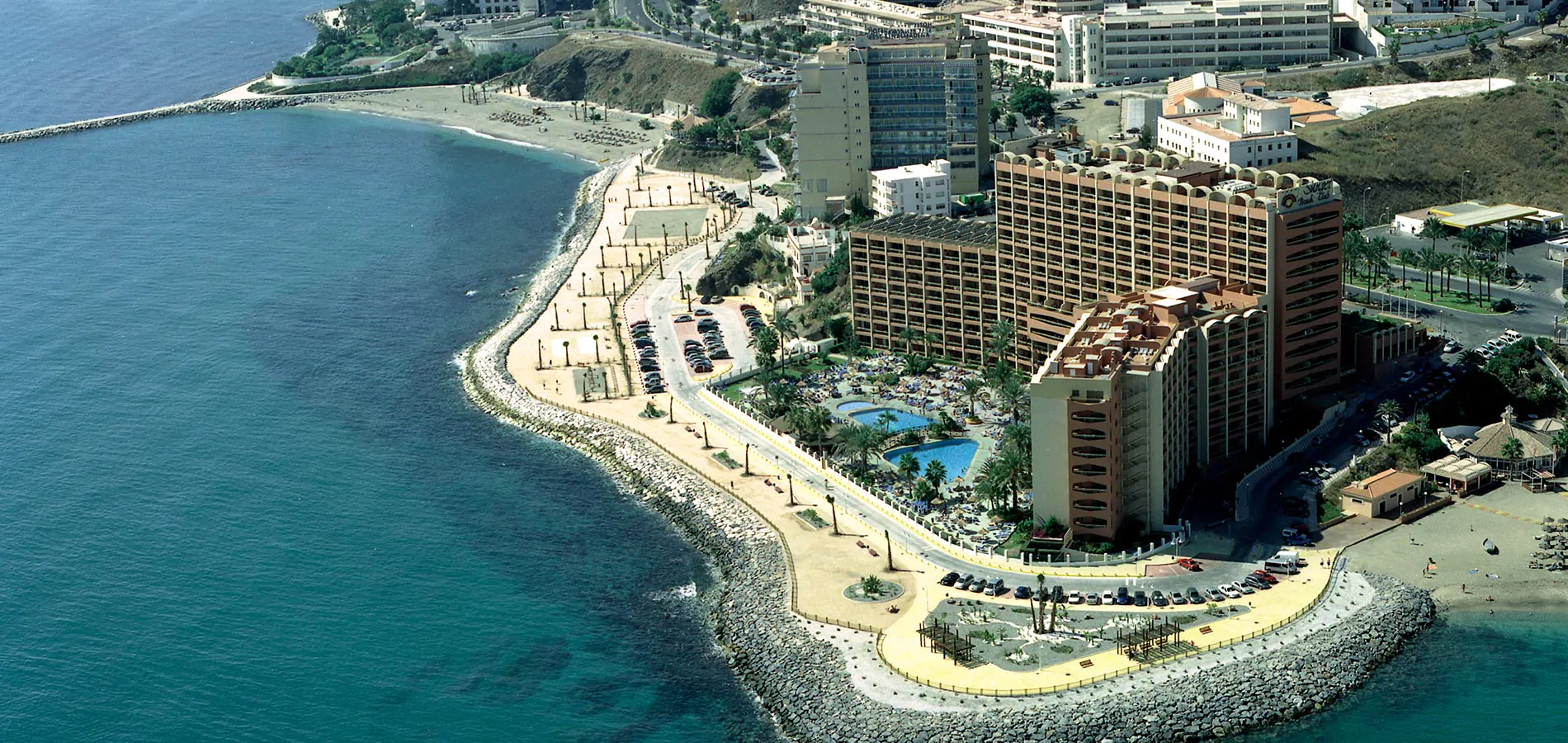Cities are designed to fulfil various functions, mainly for human coexistence and interaction. Public spaces are par excellence, where these functions can be performed more freely regardless of the status of each citizen.
Public spaces are fundamental for society’s development, growth and understanding as they guarantee and facilitate accessibility. Public spaces are the physical means by which the collective activities necessary for developing a society (social and cultural)are carried out.
Public spaces support attending to physical and psychological needs that impact us due to daily activities, making our streets, parks and paths ideal for walking, jogging or any physical activity.
The planning, design, and layout of urban public spaces should be attractive, inclusive, and essential to the city’s image.
The general trend is to give greater prominence to the pedestrian over the car, the challenges of climate change, reduced rainfall and increased heavy rainfall, new mobility habits and the creation of low-emission zones.
A fundamental section within public spaces is the accessibility of these spaces by public transport or sustainable means (bicycle lanes, etc.), adapting them to these spaces and minimising their influence.
The aim is to humanise public areas for all people without age or ability discrimination (pedestrianisation, accessibility, multifunctional spaces, optimal urban furniture, bio-healthy play and sports areas, efficient lighting), implementation of green spaces and extension of natural surfaces facilitating mobility and accessibility.
Conacon Sando, a company specialising in conserving and maintaining public spaces, is active throughout the country, particularly in cities such as Malaga, Seville, Marbella and MAT de la Sierra.
One of the main commitments lies in the recovery of pedestrian space: redevelopment actions to create pedestrian routes, realignment of streets, readjustment of traffic lanes, improvement of accessibility, widening of pavements, recovery of spaces and squares for the city, rationalisation of pedestrian crossings, creation of pedestrian axes.
Maintenance work on boardwalks requires special care due to exposure to the coastal elements and, usually, high temperatures. Preserving promenades refers to the paving, regardless of the material, whether sand, marble, cobblestones or wood, among others. As well as in the civil works, elements of the promenade and beach accesses include manholes, bollards, conduits, ditches, planters, stairs, medians, slopes, embankments, enclosures, fences and other surface installations.
The maintenance of promenades also includes replacing elements due to wear and tear, such as railings, wooden walkways, street furniture, green spaces and public parks when necessary, and the extension or modification of signage, road markings and safety elements
The works of conservation of promenades and public spaces, as in the maintenance of urban roads, include pavements and road surfaces, conservation and maintenance of the paving of squares, parks and public open spaces, of all the elements of civil works attached to the pavements of pavements and roads, their support and repair of retaining elements and the asphalting of roads.
Finally, it deals with executing emergency works due to storms or other disasters such as fires.
In general, whether in public spaces, cities or promenades, we seek to change the model towards green and sustainable public spaces: increasing the number of trees in the streets, new alignments of trees, landscaping with species adapted to climate change that facilitate their maintenance by minimising the need for irrigation.
The aim is to enhance the identity of the city: recovery of lampposts, furniture, paving and elements of these spaces, adapting them to the history or the environment, rationalisation of the paving, enhancement of the value of the spaces, new elements of street furniture with the same family language, new materials and reuse of materials from one project to another.

Promenades and public spaces
Holder Humanising cities with new urban and coastal models
Promenades and public spaces
We contribute to the humanisation of spaces by reconfiguring areas under sustainability criteria that give prominence to citizens.
At Conacon Sando, we offer solutions focused on creating green and sustainable public spaces, using quality techniques and materials adapted to the specific requirements of each structure
In this way, conservation work on promenades and public spaces includes the conservation of pavements and road surfaces and squares, remodelling parks and public open spaces, and civil works and safety elements.